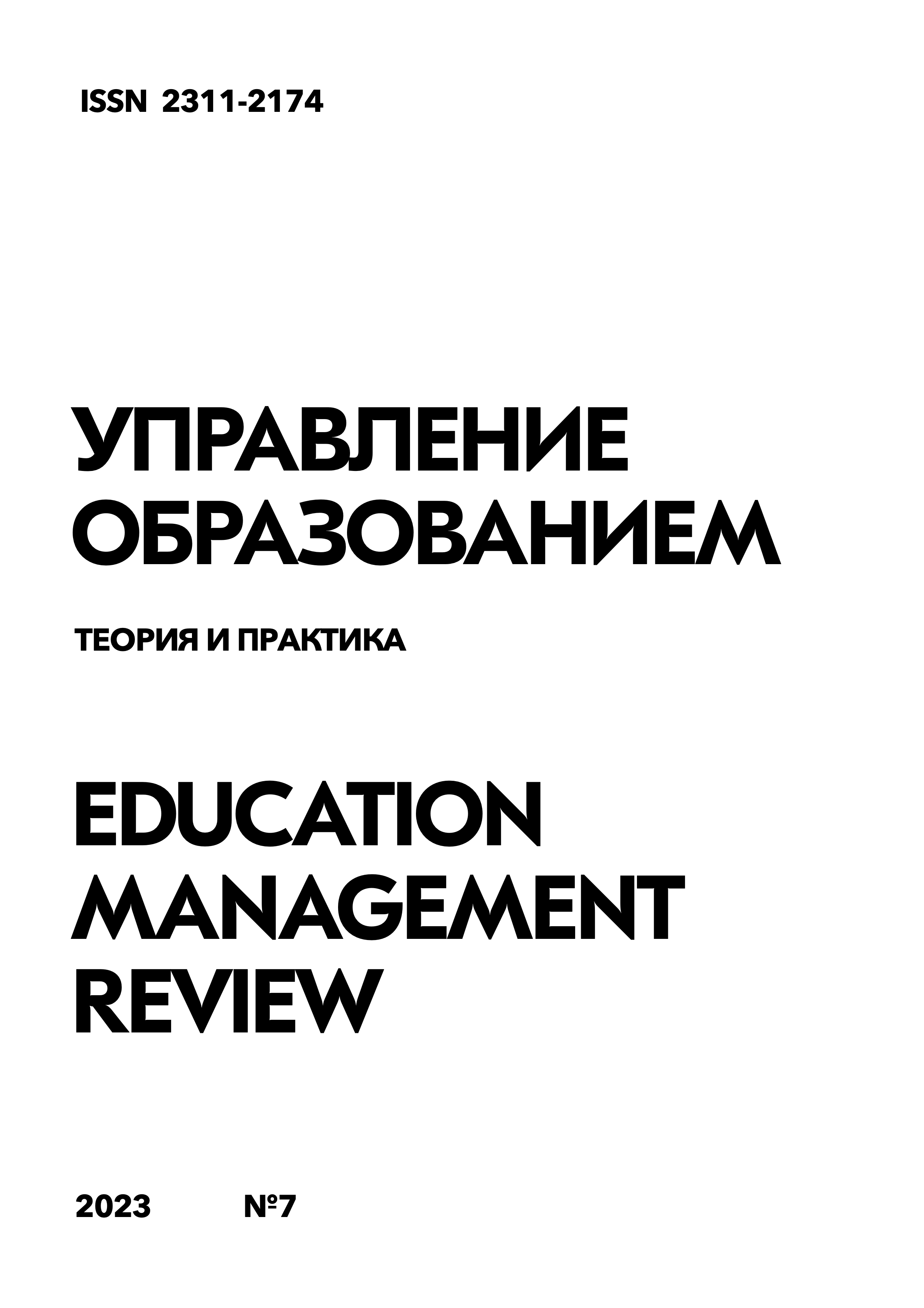Formation of the principles of sustainable learning in construction universities
DOI:
https://doi.org/10.25726/i2066-8455-6041-eKeywords:
sustainable learning, construction universities, continuous learning, professional competencies, educational modelsAbstract
In the modern context of accelerated technological development and continuous changes in the labor market, the relevance of the topic devoted to the formation of the principles of sustainable education in construction universities is gaining new facets every year. In 2022, according to the Ministry of Science and Higher Education of the Russian Federation, about 65% of graduates of construction universities continued to work in their professional field after graduation. However, in a rapidly changing world, there is a constant need to update and supplement professional competencies, which implies the presence of stable knowledge and skills that contribute to successful adaptation to new circumstances. Continuous learning, being the cornerstone in the formation of a flexible professional, implies reliable foundations in the form of principles of sustainable learning. Defining their foundations, building a model integrated into the educational processes of construction universities, can become a key element in increasing the effectiveness of training specialists in this field. In 2023, based on the analysis of professional standards and requirements of employers, it was found that about 73% of employers expect graduates of construction universities to be able to continuously learn and adapt to changing conditions. In the context of this study, sustainable learning is understood as a learning process that can sustainably persist, develop and be effective in conditions of constantly changing external and internal conditions. So, in 2023, the results of a study conducted at VSTU showed that teaching students based on the principles of sustainable learning leads to an increase in the effectiveness of their activities by 37% compared to classical teaching methods.
References
Архитектурный рисунок: инновационные технологии обучения : учеб. пособие / ред.-сост. Е.И. Прокофьев. Казань: Изд-во Казан. ун-та, 2008. 306 с.
Асс А.Ю. Живопись архитектора как часть проектного языка // Бизнес и дизайн ревю. 2019. № 2(14). https://obe.ru/joumal/vypusk-2019-g-2-14-iyun/ass-a-yu-zhivopis-arhitektora-kak-chast-proektnogoyazyka/.
Астахова Л.В., Полуэктова О.К. Развитие графической компетенции будущего инженера в вузе // Вестник Южно-Уральского государственного университета. Сер.: Образование. Педагогические науки. 2014. Т. 6, № 2. С. 48-58.
Афанасьев В.Е. Компас для мышления. Методические основы решения научнотехнических задач в строительстве. М. : Солон-пресс, 2018. 184 с.
Голубева А. Н. Современные методы художественного архитектурного проектирования в преподавании графических дисциплин // Научно-методический электронный журнал «Концепт». 2016. Т. 15. С. 1946-1950. URL : http://e-koncept.ru/2016/96308.htm.
Елизарова Т.В. Проблемы композиции в учебном рисунке и живописи // Развитие архитектурно-художественного образования в современных условиях : матер. I междунар. науч-практ. конференции. Пенза, 2014. - С. 12-16.
Ли Н.Г. Проблемы восприятия в обучении студентов рисунку и живописи // Развитие архитектурно-художественного образования в современных условиях: матер. I междунар. науч-практ. конференции. Пенза, 2014. С. 32-43.
Логиновский А.Н., Хмарова Л.И. Задание «Графическая модель автомобиля» как средство развития творческих способностей студентов в курсе начертательной геометрии // Вестник Южно-Уральского государственного университета. Сер.: Образование. Педагогические науки. 2014. Т. 6. № 4. С. 50-57.
Сироткин А.Ю. Педагогический потенциал облачных технологий в высшем образовании // Психолого-педагогический журнал «Гаудеамус». 2014. № 2 (24). -. 35-42.
Соколов Д.Ю. Создание, оформление и защита изобретений. М.: ИНИЦ «ПАТЕНТ», 2013. 207 с.
Тарасов А.С. Как идею преобразовать в изобретение и получить патент. М.: Len-nex Corp., 2013. 132 с.
Фомин Н.И., Лысова Ю.Д. Разработка и защита технических решений в строительстве. Екатеринбург: Изд-во Урал. ун-та, 2020. 156 с.
Шевченко О.Н., Ваншина Е.А. Организационно-педагогические условия формирования геометрографической культуры бакалавров технических направлений // Концепт. 2018. № 6. С. 358-368.
Ширшова И.А. Формирование новых обучающих технологий в геометро-графическом образовании // Вестник Воронежского государственного университета. Сер.: Проблемы высшего образования. 2015. № 4. С. 59-64.
Suzuki К. Activities of the Japan Society for Graphic Science - Research and Education // Journal for Geometry and Graphics. 2002. Vol. 6. No. 2. Р. 221-229.

